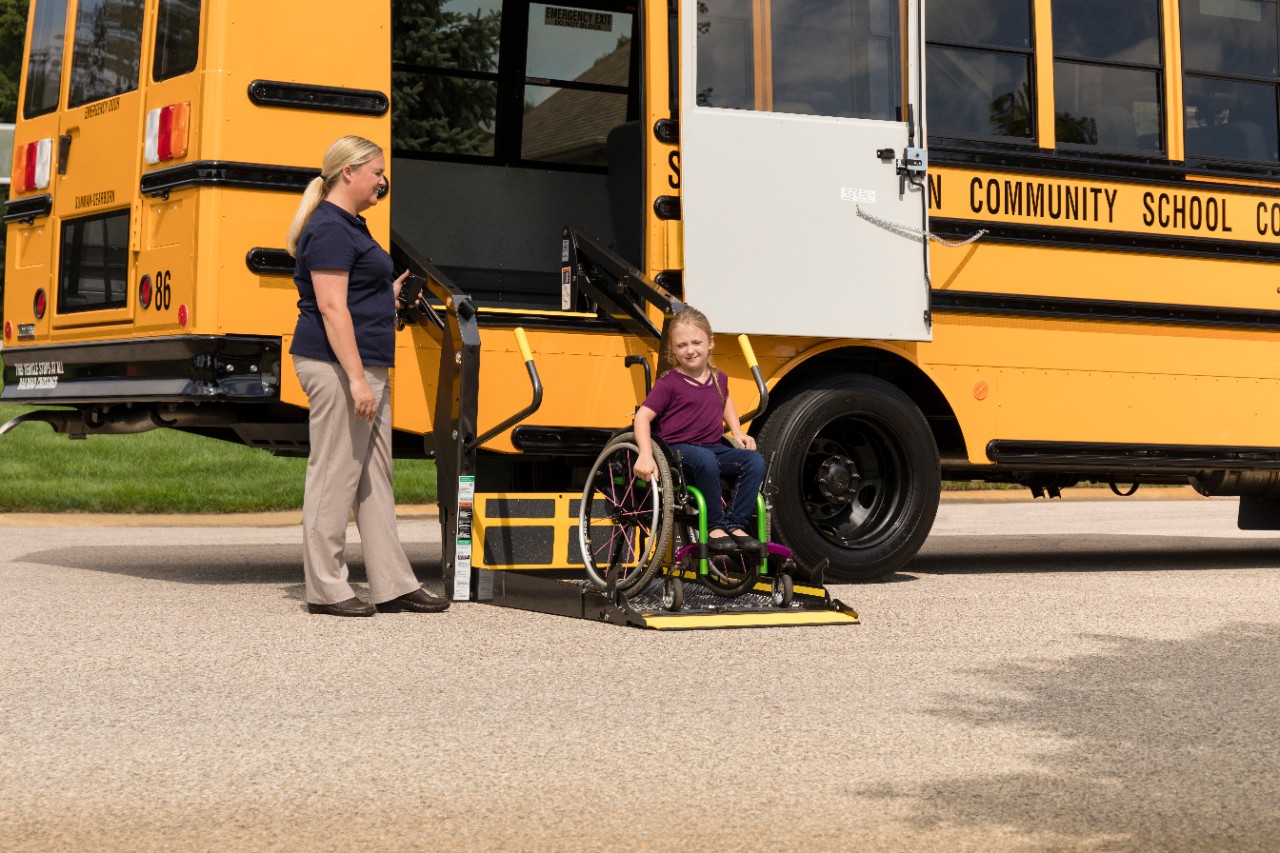What Is a Handicap Bus? Everything You Need to Know

There is a growing market for accessible transportation services to address the needs of individuals with disabilities. Transportation companies can expand their services to include a handicap bus to transport clients with special needs.
Any agency can customize your handicap accessible bus to suit the needs of your business. Whether you are transporting a group or conducting individual pickups, there are busses of various sizes.
Are you looking to invest in handicap accessible buses? Keep reading to learn more about what you need to know before making a purchase.
A Handicap Bus Must Be ADA Compliant
Any time a business offers services to people with disabilities, they are subject to rules set forth by the Americans with Disabilities Act. These guidelines are defined by the federal government.
A handicap-accessible bus has a heightened level of safety requirements. These requirements ensure safeguards are in place to secure wheelchairs and provide safety restraints for riders who do not require a wheelchair.
There should also be seating accommodations for aides and caregivers.
Accommodates Various Wheelchairs Types
There are different types of wheelchairs that come in various sizes. Wheelchair accessible vehicles must be able to safely secure the wheelchair to limit movement.
Reclining wheelchairs have different space requirements. These requirements can limit the number of passengers or wheelchairs on the bus.
They Are Equipped With Motorized Lifts
If you will be transporting wheelchair-bound clients, you'll need to equip your bus with wheelchair lifts. ADA requirements determine the specific width of motorized lifts and weight requirements.
A handicap bus also has standard requirements for door widths and heights. Contract with a certified custom wheelchair bus or van maker to ensure you are in compliance. Click here to locate the nearest handicap bus dealer near you.
Seatbelt Requirements
Seatbelt requirements to provide transportation for handicapped people differ from regular transport vehicles. For passengers with disabilities, transport vehicles should come with both waist and shoulder belts. The seatbelt mechanism has a four-point tie-down to ensure safety.
Rules governing seatbelt requirements for wheelchairs and special needs transport vehicles vary. Check with your state to ensure you follow seatbelt guidelines.
Wider Aisles
The aisles may need to be widened to make space on handicap buses. Larger size buses can better accommodate a clientele with special transportation needs. The demand for a wider aisle will most likely decrease the number of seats.
Depending on the number of wheelchair ports, rows of seats will need to be removed. In most instances, a section of the bus will be designated for wheelchair access.
Create an Inclusive Transportation Business
Adding a handicap bus or two to your fleet is a great business move. It also shows your commitment to providing service to the entire community.
Having a better understanding of the benefits of a handicap-accessible bus is the first step. Next, is the purchase of a bus. Click here to explore our shopping tools.
Related Articles:
- The 2020 Census: #DisabilityCounts2020
- 3 Tips to Find the Best Accessible Wheelchair Van
- Your ADA Dodge Purchasing Guide
- Buyer's Guide for Affordable Wheelchair Lifts
- Tips for Using a Portable Aluminum Wheelchair Ramps for Accessibility
- State of US Transit industry entering the American Rescue Plan Act
- BraunAbility Motor Coach Market
- Autonomy Meets Lift Design
- CARES Act
- Choosing a Commercial Handicap Lift for Your Business
